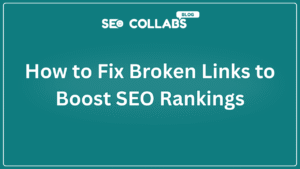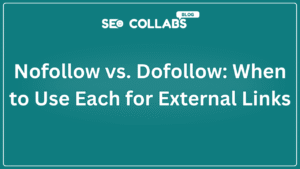Toxic backlinks can silently sabotage your SEO efforts, leading to penalties, ranking drops, or even deindexing. While Google’s algorithms are smarter than ever at ignoring spammy links, proactively disavowing harmful ones is crucial for long-term health. Here’s how to do it safely and effectively.
Table of Contents
What Are Toxic Backlinks?
Toxic backlinks are links from low-quality, spammy, or irrelevant websites that violate Google’s guidelines. Common red flags:
- Links from porn, gambling, or payday loan sites.
- Sites with thin content, keyword stuffing, or PBNs (Private Blog Networks).
- Links with manipulative anchor text (e.g., “cheap Viagra”).
When Should You Disavow Links?
Disavowing is a last resort after:
- Manual Link Removal: Contact webmasters to remove harmful links.
- No Response: If sites ignore removal requests or demand payment.
Do NOT disavow:
- Links from relevant, non-spammy sites (even with low DA).
- Competitor sabotage (Google often ignores these).
Step 1: Identify Toxic Backlinks
Tools to Use:
- Google Search Console:
- Navigate to Links > External Links for a list of linking domains.
- Ahrefs/SEMrush:
- Use the Backlink Audit tool to flag toxic links (Ahrefs’ “Toxic Score” or SEMrush’s “Toxic Backlinks” report).
- Moz Link Explorer:
- Check for spammy links using the Spam Score metric.
Look For:
- Links from unrelated niches.
- Sites with high spam scores (>30%).
- Links with exact-match commercial anchors (e.g., “best insurance”).
Step 2: Attempt Manual Removal
Before disavowing, try removing links yourself:
Also Read
- Find Contact Info: Use tools like Hunter.io or WHOIS.
- Send a Polite Request:
Subject: Request to Remove a Broken/Unnatural Link
Hi [Name],
I noticed a link to [Your Site] on [Their Page]. This link was placed without our consent and violates Google’s guidelines. Could you please remove it?
Thank you,
[Your Name]
- Track Responses: Use a spreadsheet to note successes/failures.
Step 3: Create a Disavow File
If removal fails, create a .txt file listing harmful links.
Format Rules:
- Domain-Level Disavow: Block all links from a domain.
disavow: domain:example.com
- URL-Level Disavow: Block specific pages.
disavow: https://example.com/spam-page
Example File:
# Disavow file created [Date]
# Contacted webmaster on [Date] with no response
disavow: domain:spammy-site.net
disavow: https://another-spam-site.com/bad-link
Pro Tip: Use Screaming Frog or Ahrefs to export toxic links and format them automatically.
Step 4: Submit the Disavow File to Google
- Go to Google’s Disavow Tool.
- Select your website property.
- Upload the .txt file.
- Click Submit.
Note:
- Google doesn’t confirm actions—trust the process.
- Processing takes weeks to months.
Step 5: Monitor Results
- Track Rankings: Use Google Search Console or SEMrush.
- Re-audit Backlinks: Repeat the audit in 2–3 months.
- Adjust as Needed: Resubmit if new toxic links emerge.
Common Mistakes to Avoid
- Over-Disavowing: Accidentally blocking good links harms SEO.
- Ignoring Outreach: Always try manual removal first.
- Using Old Data: Regularly update your disavow file.
Case Study: Recovering from a Manual Penalty
A travel blog lost 60% of traffic after a manual penalty for unnatural links.
Steps Taken:
- Removed 120/200 toxic links via outreach.
- Disavowed the remaining 80.
Result: Penalty lifted in 45 days; rankings recovered fully in 3 months.
FAQ
Q: How long does disavowing take to work?
A: 4–8 weeks for Google to reprocess your backlink profile.
Q: Should I disavow all links from low-DA sites?
A: No—only disavow spammy or irrelevant links.
Q: Can disavowing hurt my SEO?
A: Only if done recklessly. Double-check lists before submitting.
Conclusion
Disavowing toxic backlinks is a powerful but delicate process. By following these steps—manual removal, careful auditing, and precise disavowing—you protect your site from penalties and maintain a clean backlink profile.

Pro Tip: Use SEO Collabs to build high-quality links and avoid toxic ones altogether.
Need Help? Tools like Ahrefs and SEMrush automate toxic link detection, while platforms like SEO Collabs ensure every collaboration is penalty-free.




